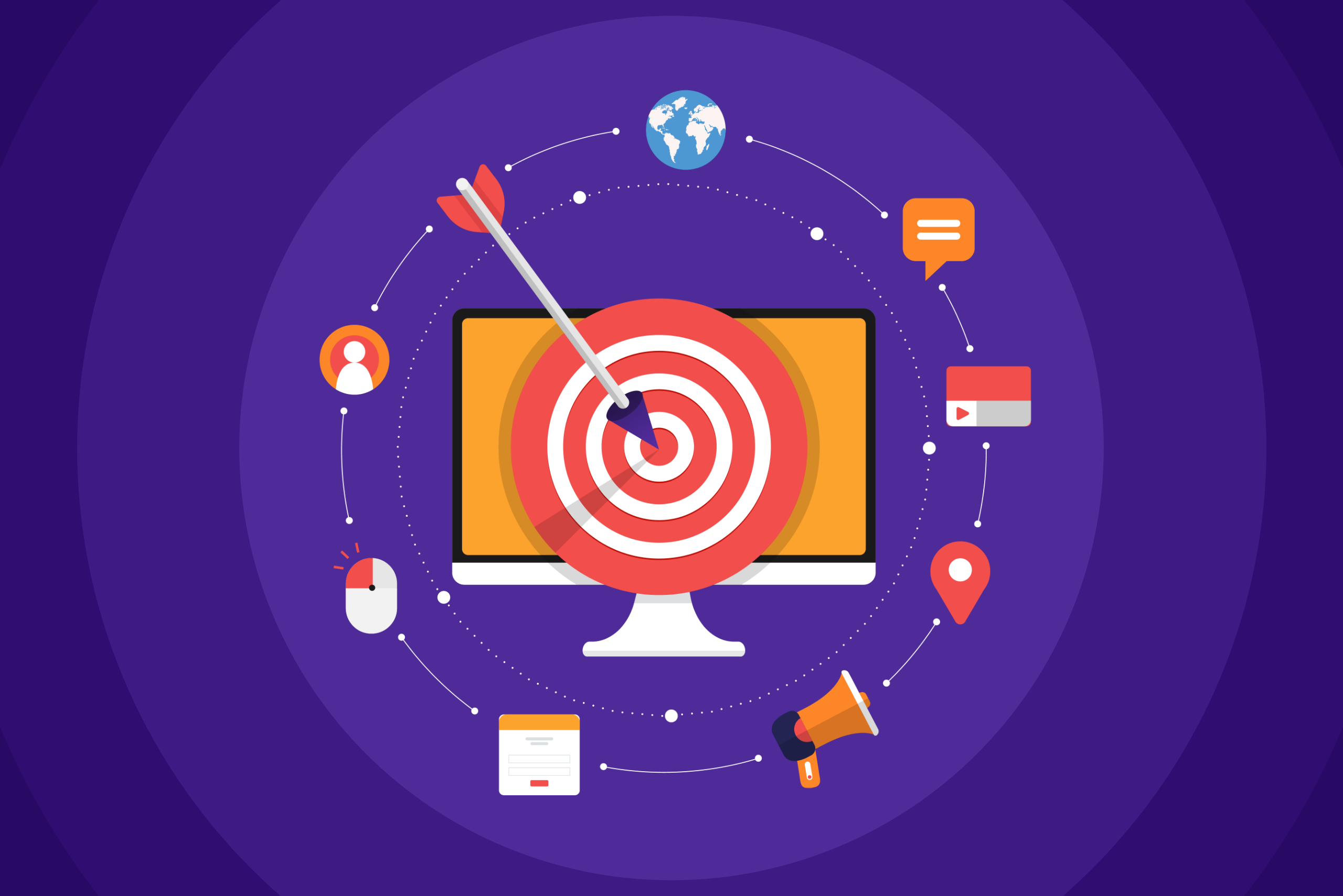Staying Healthy on the Job—at Home

By Craig Lauer | May 26, 2020
This article originally appeared in the May 2020 issue of Worldwide ERC®’s Mobility magazine. Read the full issue here. Shared with permission.
By Heather Larson
Whether you view stay-at-home orders as the “Great Pause” or the longest intermission ever, many of you and your employees have been working from home. For many of us, this is new. The worldwide COVID-19 pandemic has revolutionized how we spend our time. Long commutes are distant memories along with gym visits, water-cooler chats, medical appointments, and salon visits.
As the leader of your workforce, you must help them navigate the current challenges, whatever those may be. They may well be different for each individual.
“The goal is to help at-home workers understand that staying physically and emotionally healthy benefits them, and not just the company’s ‘bottom line,’” says James Jackson, Psy.D., psychologist and professor of medicine at Vanderbilt University Medical Center. “If people understand that health-promoting programs and policies are actually for their growth, they will experience them as positive. They will find that adherence to them—far from being demanding—is desirable.”
It is extremely important for employers to strive to maintain as much normalcy as possible for their employees at this time, says Brian Wind, Ph.D., founder and CEO of NOVOS Behavioral Health Solutions. No matter where everyone is working from, continuing to encourage deadlines, conference calls, and an overall sense of stability can be tremendously beneficial. People can easily become unmotivated, especially if they aren’t used to working from home, he says. Giving them specific responsibilities can help.
In other words, even though there’s physical distance between you and your staff, it’s still important that all of you spend time together.
Connect With Your Employees
Jackson explains that although regular technology-enabled meetings keep teams connected, the most important way to promote community and connections is to assist employees in finding shared meaning in the work they do. Help staff embrace the idea that they are working together for a larger purpose; they all have a role to play, and the team suffers if they don’t play that role.
Even for teams that were remote prior to the pandemic, it is common to see companies not placing enough effort into making their staff feel connected, says Brittany Ferri, an occupational therapist in Rochester, New York.
“Planning group video calls to hear and see co-workers can really help lighten the mood,” notes Ferri. “This can also calm some employees worried that other staff are mad at them, etc., since reading text and email conversations all day can easily be misinterpreted, especially if we are feeling tired or sensitive.”
Not everything has to be focused on work. Take time to share good news such as births, birthdays, anniversaries, and milestones. Encourage employees to show off their pets or reveal their home offices to give others tips and inspiration, Ferri says. Staff might plan fun group activities for short breaks throughout the day, such as group yoga, guided meditation, or playing a short game together. Also encourage your staff to get up and move around frequently during working hours.
Support Your Team’s Well-being
Jackson says promoting both physical health and mental health is vitally important but perhaps never more than now.
“Optimal physical and mental health contributes to better stress management, greater levels of resilience, better cognitive functioning, and ultimately more productivity,” explains Jackson. “Creating a climate where employees can attend to and honor physical and mental health isn’t just a feature of the manager’s job during difficult times—in many ways it isthe job.”
This can be accomplished by employers being intentional—creating resources that employees can access, modeling the importance of this in your own life, and incentivizing participation in programs that promote wellness, Jackson says.
Ferri cautions employers to be cognizant of employees who are taking excessive time off, displaying drastic changes in productivity, expressing significant dissatisfaction with working at home, and are increasingly unreachable throughout the workday. Take extra measures to reach out to them to talk about their workspace, health activities, and the state of their emotional health. All of this should be done individually through one-on-one check-ins via phone or video calls, she says.
Remind them of available resources such as counseling through employee assistance programs (EAPs), insurance benefits, or personal days, suggests Ferri. Ensure that workers are taking the time they need to rest and recover from the stresses of the current situation.
Reassure Your Staff
It’s quite common for emotional issues to come to the forefront during times like these.“Anxiety, depression—or for that matter, more generic mental health difficulties—are certainly on the rise during the COVID-19 pandemic,” says Jackson. “Some of these symptoms are typical right now—really, to be expected—but they shouldn’t be ignored.”
Key things to look for, says Jackson, include marked changes in productivity, behavior, or attitudes that reflect deviations from the baseline. Red flags are increased irritability, problems focusing, reactivity, addictive behaviors, and not maintaining the suggested work schedule, just to name a few.
Supervisors or managers may be psychologically sophisticated, but they aren’t psychologists. They can encourage, support, empathize, and listen, but often the most helpful thing they can do is facilitate referrals to mental health providers and work to create climates in which mental health is valued and mental health treatment is not a source of shame, says Jackson. “Refer these individuals to mental health professionals in their community available through your EAP,” she says.
Suggesting simple at-home tips and tricks such as going for walks and practicing mindfulness can also help, says Wind. Employers should also be open to the fact that some of their workforce may need to take a break to preserve their own well-being. This can be accommodated, he says, by providing a lighter workload temporarily or even encouraging them to take some time off in order to regroup.
Follow a Cadence
One vital way to help maintain both mental and physical well-being is to encourage employees to adopt a regular routine.
The key to determining a schedule for your day, says Jackson, is to prioritize the right things and lean into them with great intentionality. Try, for example, to get up at the same time every morning and go to bed at the same time every night. Strive to eat three healthy meals a day, exercise regularly, and set up consistent times to interact with other people in the context of self-care.
Ferri adds her own tips: Make coffee or tea in the morning, listen to a podcast, and get dressed as though you were going into the office. Attempt to dedicate a separate area of your home for work. This may be difficult for those who don’t already have a home office, but do separate where you work from the space where you relax, so you can “turn off” your brain at the end of the day.
Keep your water intake up, step outside for fresh air and sunlight several times a day, keep all work out of your bedroom—since this can affect how you sleep—and log off work at the assigned time and leave it alone until the next day, recommends Ferri.
Take Regular Breaks
Sometimes you get into a rhythm and don’t want to stop working, but you must. This is applicable to both employer and employees.
“Quite literally, give yourself a break,” says Ferri. “Stretch and take walks throughout the day; don’t chain yourself to your computer.”
Physician and Ayurveda specialist Rachna Gadhok, M.D., suggests doing yoga to break away from work.
“It has been proven to help in stress management, lowering anxiety, and cortisone levels,” Gadhok says. “If new to yoga, practice balancing poses, belly breathing or yogic breath, and alternate nostril breathing to calm the mind and relax.” Instructions for doing these can easily be found through a Google search or on YouTube.
Create Quality Time
It’s also helpful to make the most of the time we have with our loved ones. Use family time to relax and maybe learn something new. Try a new recipe and give everyone a task, attempt new dance moves with your kids, paint, or learn a different language. All this helps to calm down the overall environment, says Gadhok.
Call those you miss, or write them letters. Tell them you’re grateful for the roles they play in your life. FaceTime and Zoom also make excellent tools for connecting with those you can’t visit during this time.
We all should try and make the most of our current situation, because none of us knows how long this will last, and the least we can do for ourselves is to try to create a setup and structure that we are somewhat comfortable with for the time being, suggests Ferri.
Final Thoughts
Wind says employers can play a major role in helping their employees stay healthy all around, during a pandemic or not. Employers should continue to remind employees of physical and mental health benefits offered through their insurance so that they can feel comfortable getting care when they need it.
At press time, nobody knows for sure how long they and their employees may be working from home. Although some states and countries now show signs of gradually reopening, that may or may not become permanent. By refining routines and adopting coping tactics, employers and their staff have the best chance of maintaining health and wellness in this time of COVID-19, no matter how long it may last.
Related Posts

Gain Invaluable Insights Into Your Audience With Google Analytics 4

Make Retargeting and Geofencing Work for You
